Parametric design in architecture is an approach that involves using algorithms and parameters to generate and manipulate architectural forms, spaces, and structures. It allows architects and designers to create complex and innovative designs that respond to various constraints and requirements.
Here’s how parametric design works in architecture:
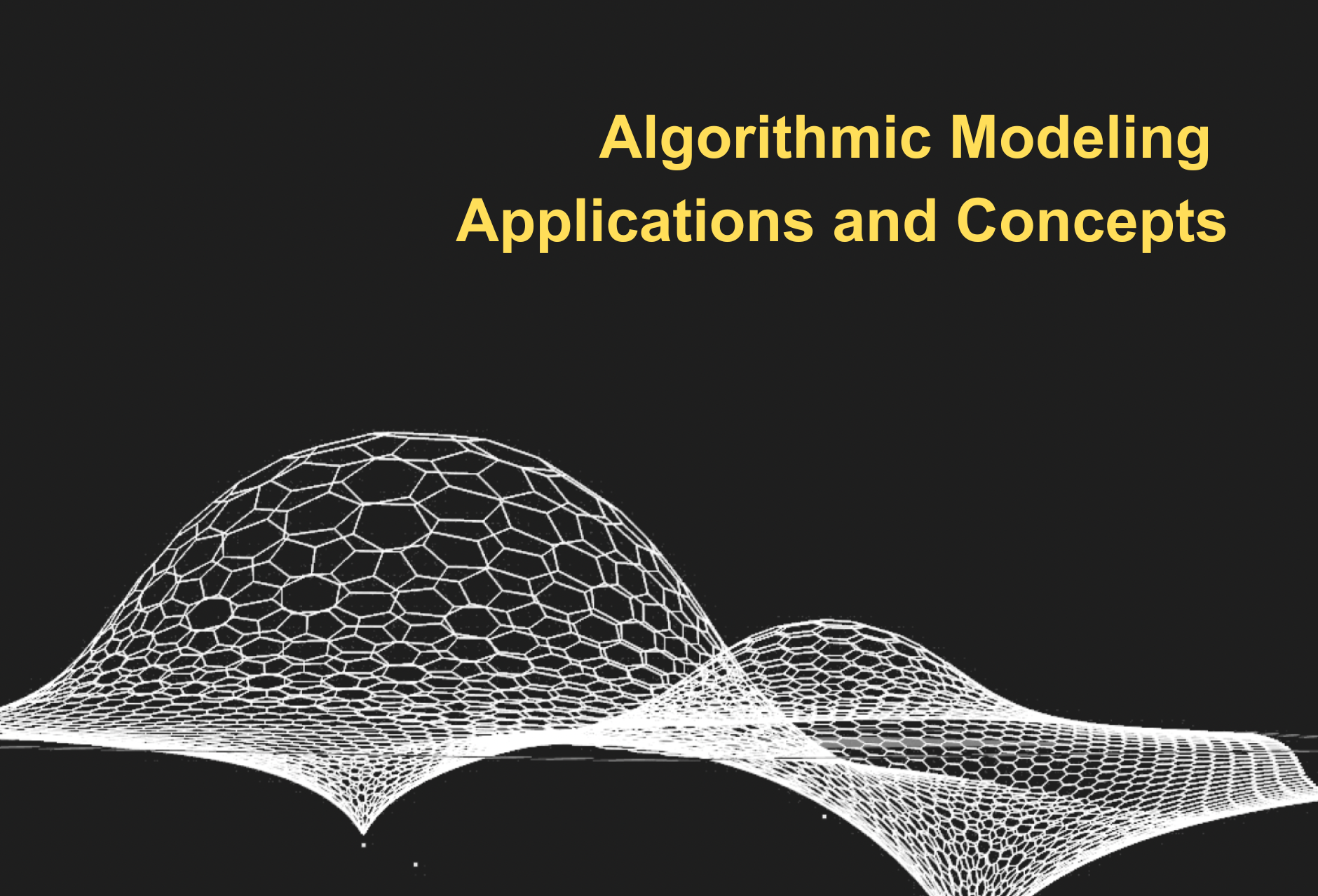
Algorithmic Modeling: Architects use computational algorithms to create parametric models. These algorithms are based on mathematical formulas and rules that define the relationships between different design elements.
Parameters and Variables
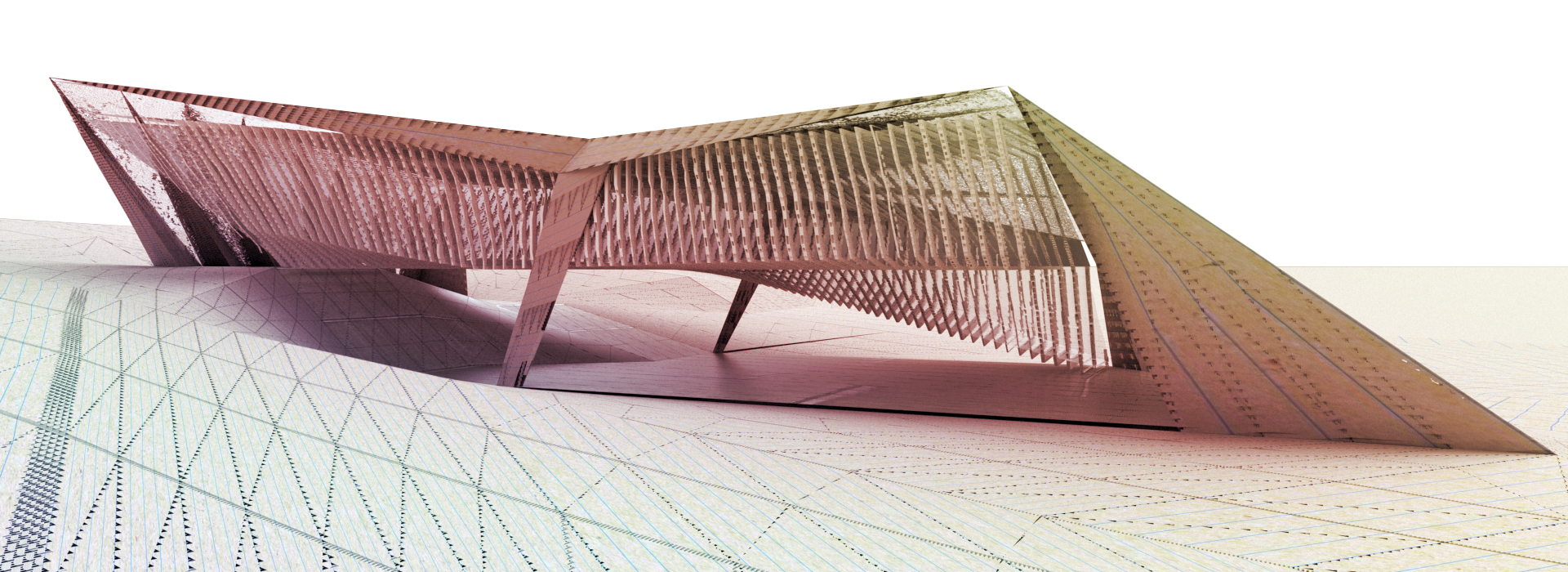
Parameters and Variables: Parametric models are driven by parameters and variables that can be adjusted to explore different design options. These parameters could include dimensions, angles, material properties, environmental conditions, and user requirements.
Generative Design

Generative Design: Parametric design enables generative processes where the software generates design iterations automatically based on the defined parameters. Architects can explore numerous design variations quickly and efficiently.
Responsive Design
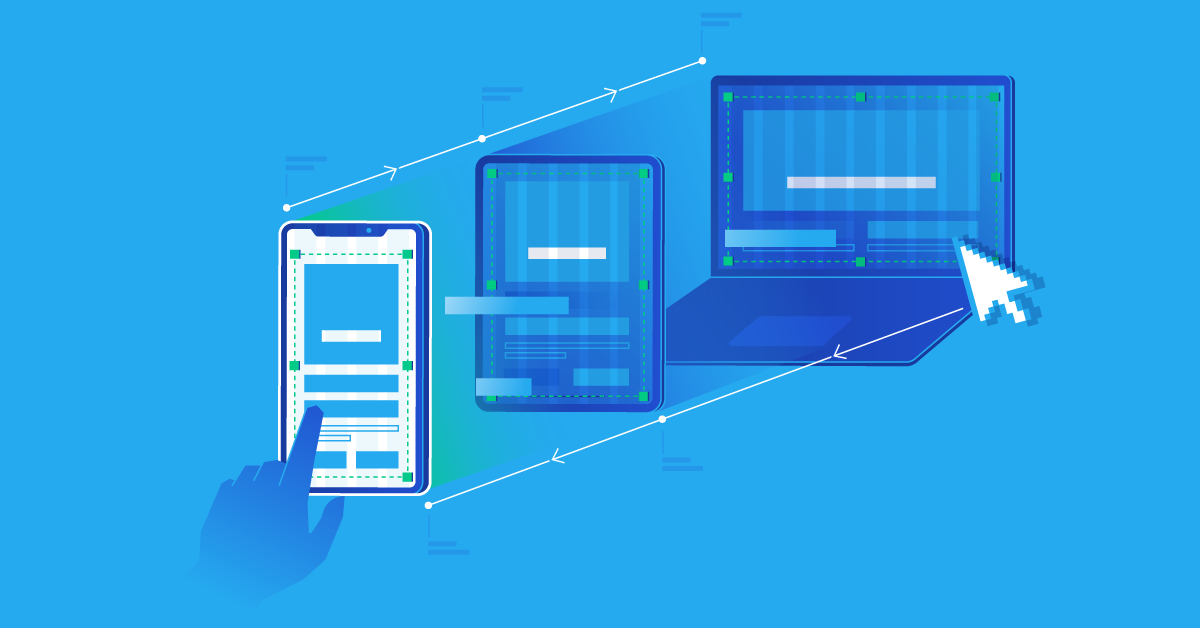
Responsive Design: Parametric models can respond to changes in input parameters or external factors such as site conditions, climate data, and user preferences. This responsiveness allows architects to optimize designs for specific contexts and requirements.
Complex Geometries
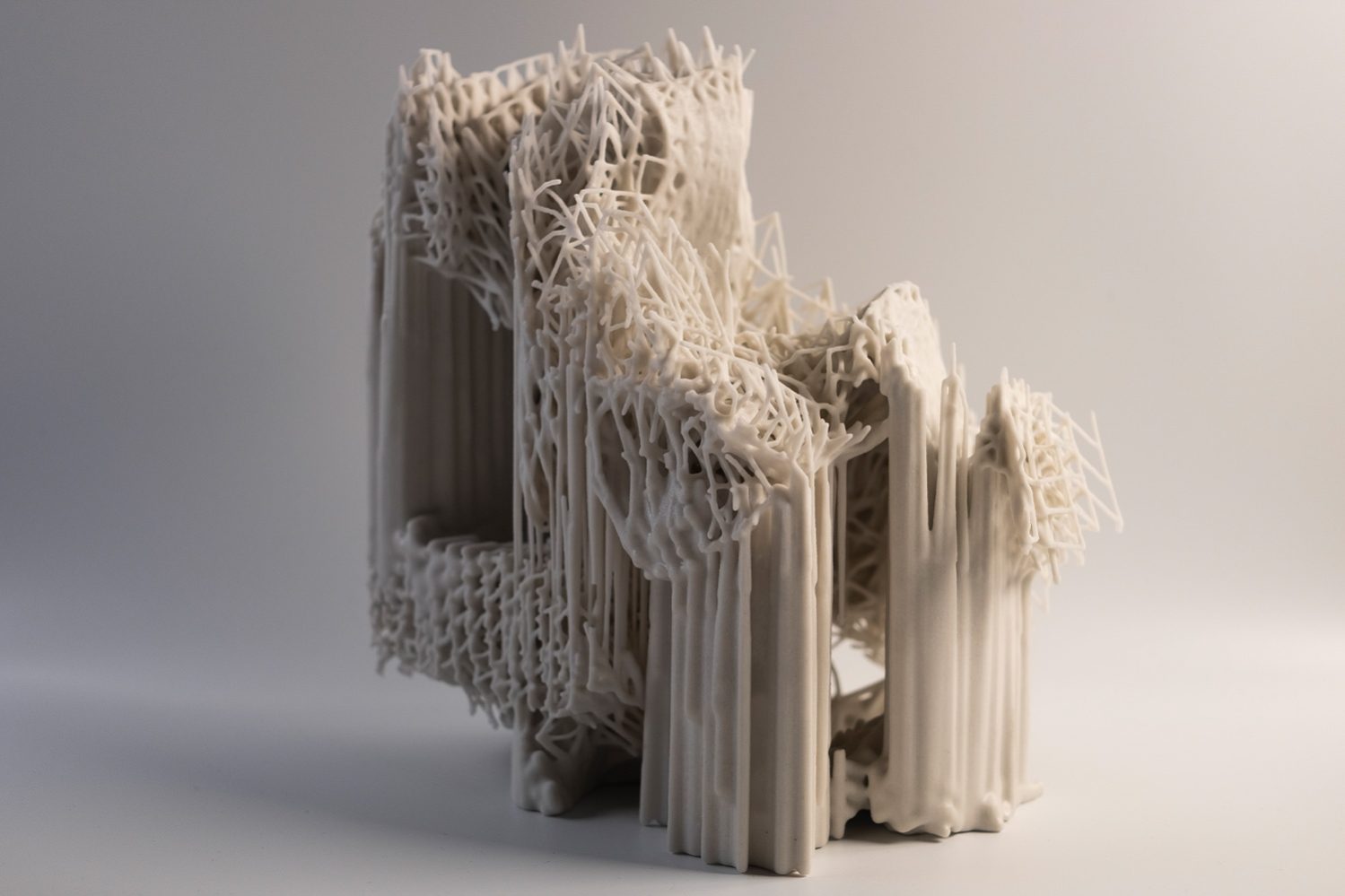
Complex Geometries: Parametric design facilitates the creation of complex geometries that would be difficult or impossible to achieve using traditional design methods. Architects can generate intricate forms and structures that are visually compelling and functionally efficient.
Optimization and Analysis

Optimization and Analysis: Parametric models can be coupled with simulation and analysis tools to evaluate the performance of designs in terms of structural integrity, energy efficiency, daylighting, acoustics, and other factors. This iterative process helps architects optimize designs and make informed decisions.
Fabrication and Construction

Fabrication and Construction: Parametric design can streamline the fabrication and construction process by providing detailed digital models that can be translated directly into fabrication instructions, such as CNC milling or 3D printing. This enhances precision and reduces material waste during construction.
Iterative Process
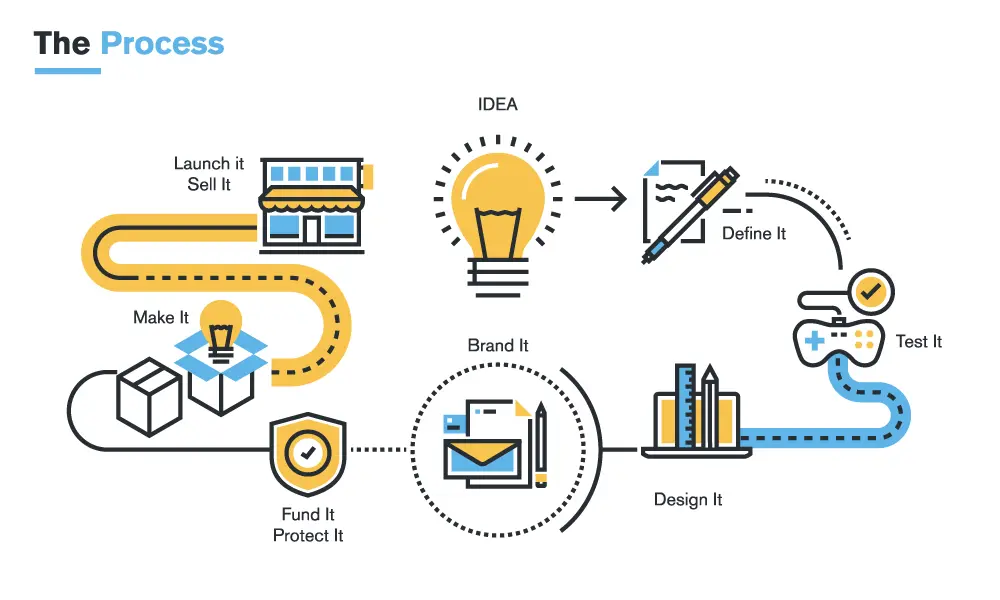
Iterative Process: Parametric design encourages an iterative design process. Architects can quickly modify parameters and assess the impact on the design, facilitating a more dynamic and exploratory design workflow.
Customization and Optimization

Customization and Optimization: Parametric design facilitates customization of architectural elements to meet specific project requirements. Optimization algorithms can be employed to achieve design goals, such as maximizing energy efficiency or minimizing material usage.
Complex Geometry
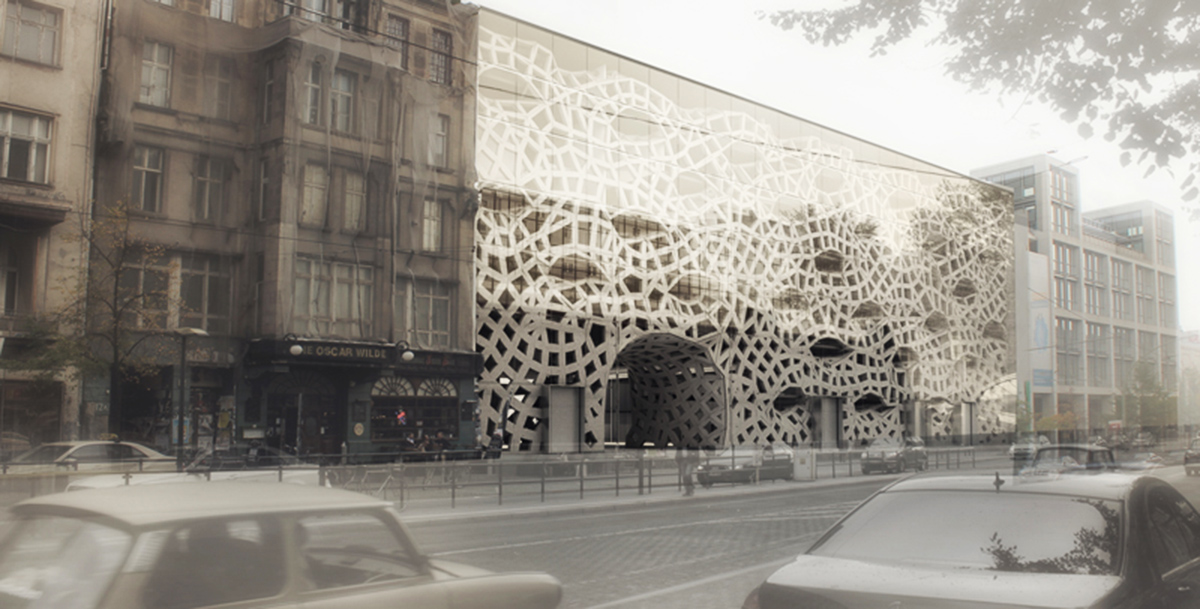
Complex Geometry: Parametric design is often associated with the creation of complex and non-traditional geometric forms.Architects can explore unconventional shapes and structures that may not be feasible with traditional design methods.
Algorithmic Generation

Algorithmic Generation: Algorithms are sets of rules or procedures that govern the generation and manipulation of design elements. Architects use algorithmic processes to create and refine designs based on input parameters. This approach allows for the exploration of a wide range of design options.
Computational Tools
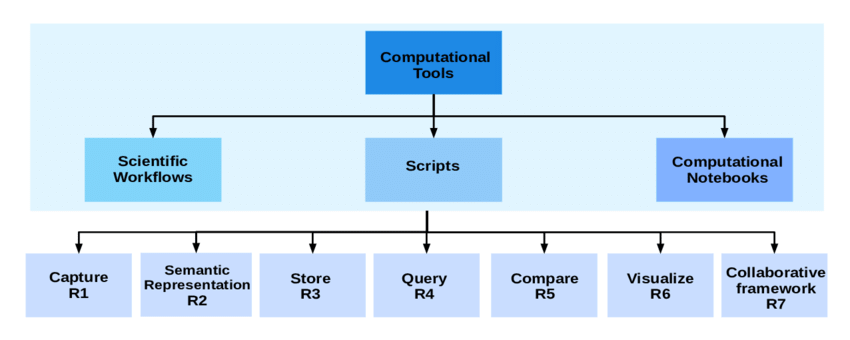
Computational Tools: Parametric design heavily relies on computational tools and software. Software like Rhino, Grasshopper, and Dynamo are commonly used for parametric modeling. These tools enable architects to create complex geometries and analyze design variations efficiently.
Examples of parametric design in architecture include buildings like the Beijing National Stadium (Bird’s Nest) designed by Herzog & de Meuron, the Heydar Aliyev Center in Baku by Zaha Hadid Architects, and the Guggenheim Museum in Bilbao by Frank Gehry. These iconic structures showcase the possibilities of parametric design in creating visually stunning and innovative architectural forms.
Q. What are the benefits of parametric design?
Parametric Design is an interactive process. It allows you to create designs based on the input of parameters, such as materials, site constraints, and even environmental issues. This allows designers and engineers to make changes to the project in real-time because the software will update the model automatically.
Q. What are the advantages of parametric models?
- Parametric design differs greatly from traditional 3D modeling and, of course, 2D CAD. …
- Increase in speed and accuracy. …
- Speedy iteration and flexibility in the face of change. …
- A new approach gives room for innovativeness..
Q.What is the aim of parametric architecture?
Parametric architecture aims to use computational algorithms and digital tools to create architectural designs that are highly flexible, adaptive, and responsive to various parameters and constraints.
Parametric Design in Architecture 2024
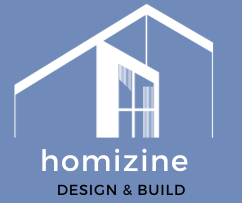
This is a fascinating article on parametric design in architecture! The integration of advanced design techniques can create stunning and innovative structures. However, with such creative designs, it’s essential to ensure that the building is structurally sound and well-protected from environmental elements. That’s where professional waterproofing companies come in. Even the most cutting-edge designs need robust waterproofing solutions to prevent water damage and ensure long-term durability. By working with trusted waterproofing companies, architects and builders can protect their designs while maintaining the integrity and functionality of the structures. Great read, and I appreciate the emphasis on both creativity and practicality in modern architecture!